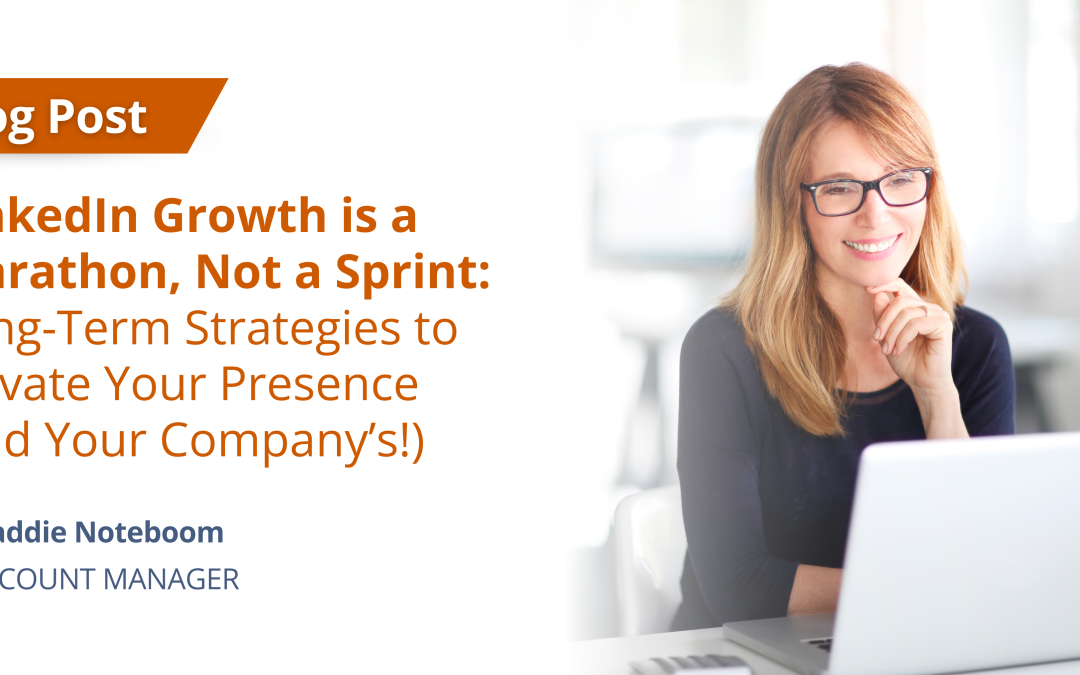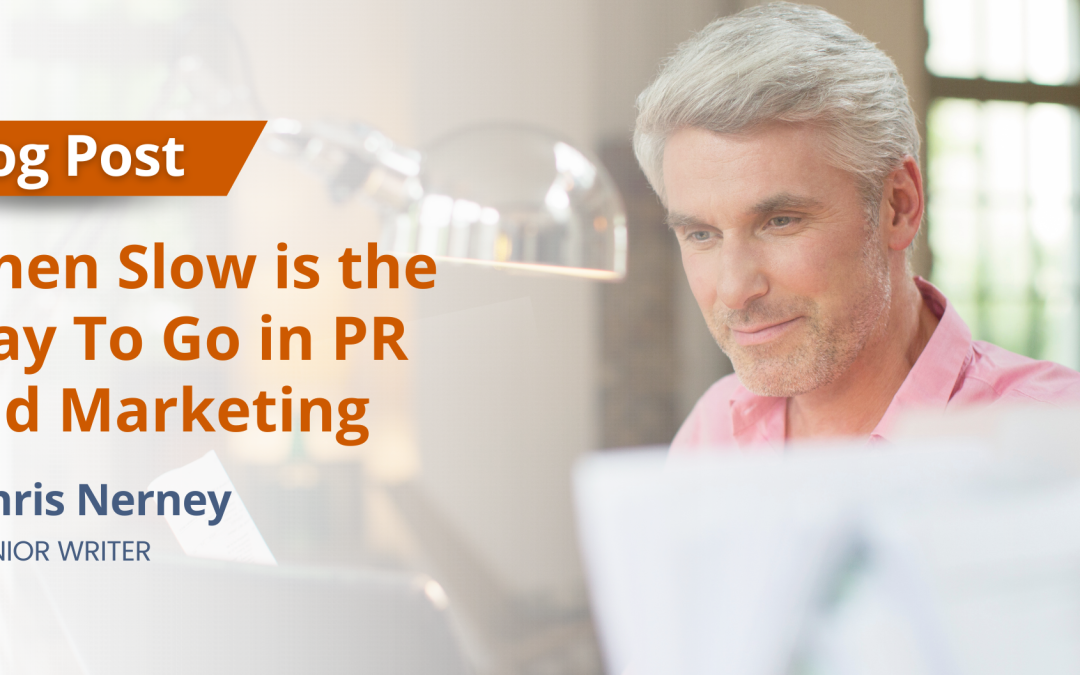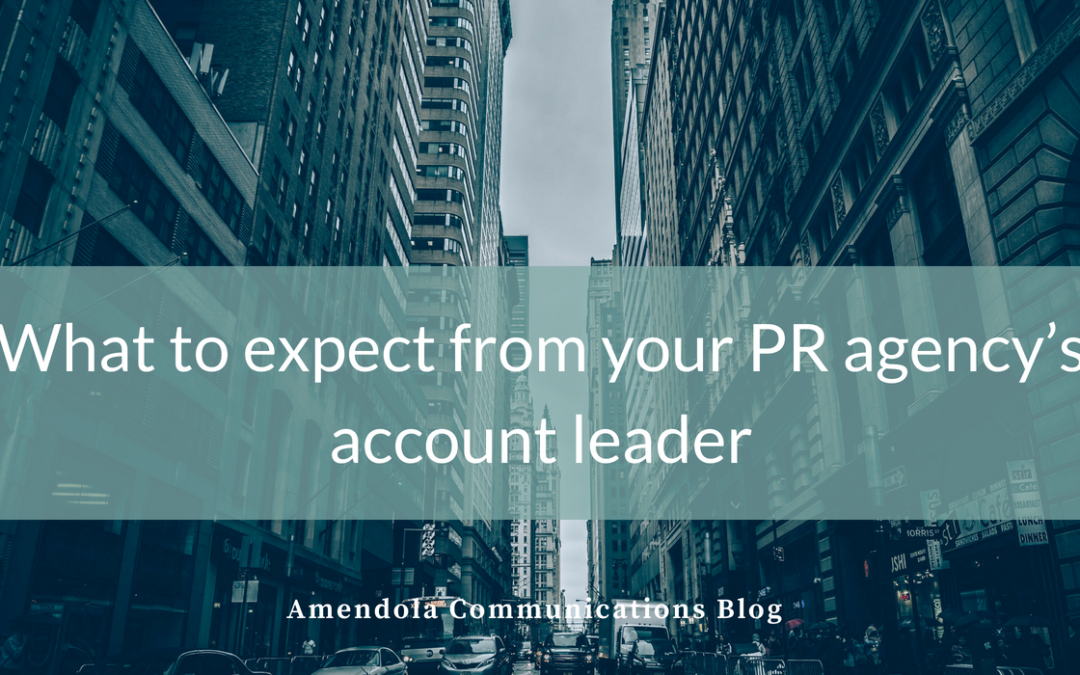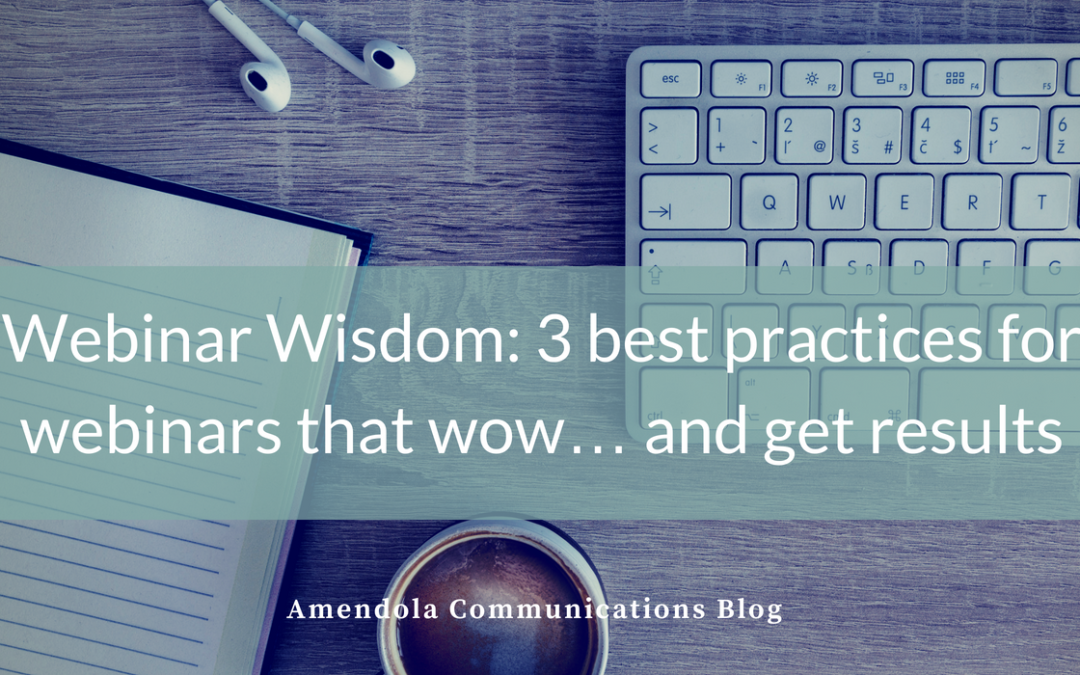
by Jim Sweeney | Dec 18, 2024 | Blog
In the days following the Nov. 5 election, former X users flocked to the new social media platform Bluesky. Their descriptions upon arrival made them sound like refugees who’d fled a war-torn country and found sanctuary.
Bluesky, they said, is everything Twitter used to be before Elon Musk changed it to X and turned it into a platform for right-wing disinformation. Bluesky, they rhapsodized, is safe, informative, educational and, well, nice.
The internet could certainly use more niceness, but is Bluesky a place for brands? It depends.
Certainly not if their intent is to advertise because Bluesky does not accept ads and its owners say they intend to keep it that way. Of course, that was Reddit’s policy once, too. According to the company, it plans to charge fees for users who create custom domains on the site and will eventually sell subscriptions for higher-quality video uploads or profile customizations like colors and avatar frames.
But it’s hard to just ignore Bluesky. Its growth has been phenomenal. Since opening to the public in February, it has grown to over 25 million users. Post-election, it has been attracting nearly 1 million new users a day. It has been the most downloaded free app. Naturally, those numbers have drawn the attention of brands.
Its vigorous policing of content and blocking of racist, hateful and offensive material also makes it attractive to brands. Of course, that degree of control will become harder to achieve as the number of users rises.
Some brands (Duolingo, Hulu, Netflix) are posting organically while others like Red Bull and Xbox seem to have secured handles, but haven’t begun posting. Bluesky does not yet have a verification process, so trolls also are snatching up some brand handles, which is an argument for consumer-facing brands to, at minimum, control their names. For now, though, the platform is mostly user-generated content.
Besides the advertising ban, brands face another challenge on Bluesky. The platform lets users design and control their own feeds, which means they can filter out anything they don’t want to see. For users, it means a cleaner experience; for brands, it means fewer eyeballs. They will have to work to earn engagement with users who might not welcome their presence on the platform.
Politics aside, Bluesky differs from rivals X, Threads and Mastodon in another significant way. It’s an open platform with an API that is accessible to developers, which means any decent programmer can use the same architecture to build new interconnected sites, across which they can share content.
There is also a possibility that Bluesky becomes a de facto platform for liberals and progressives while X continues its conservative MAGA trend under Trump buddy Musk. If that happens, brands and thought leaders would have to decide whether it’s the audience they want to reach and whether joining Bluesky would tag them as progressive, which could cause a backlash (see Bud Light).
Brands and thought leaders that left X over unhappiness with its new direction and objectionable content shouldn’t feel compelled to join Bluesky right away. They can rely on Facebook, Instagram, TikTok and, of course, LinkedIn for messaging (see some best practice tips here.) Exceptions might be those who want specifically to reach a progressive audience or to signal their displeasure with the direction of X.
Marketers should, however, keep an eye on Bluesky to see if it continues its growth and makes any changes to be more accommodating to brands.
Below is a quick rundown of some Bluesky features. Keep in mind that the platform is still evolving, and these can change:
- Text posts have a 300-character limit.
- Users can self-label their posts, especially those containing sensitive content.
- “Starter Packs” are curated collections of accounts designed to help users find others with similar interests. One click allows users to follow or block all accounts within the pack.
- Users can customize their feed and viewing preferences.
- It includes an in-app music and video player.
- Bluesky offers custom domains, allowing users to personalize their handles with their domain names.

by Maddie Noteboom | Oct 2, 2024 | Blog
LinkedIn has evolved beyond a simple job-hunting platform—it’s now a powerful tool for building professional influence and enhancing corporate brands.
But we oftentimes can forget that building a strong presence on the platform is a marathon, not a sprint. Sure, it’s easy to want immediate results, but much like professional relationships, growing your LinkedIn influence takes time, patience, and persistence.
In my time working at Amendola, I’ve seen how an active LinkedIn presence can open doors, foster relationships, and position individuals AND their companies as industry thought leaders. When employees are engaged and visible on LinkedIn, they’re not just investing in personal growth—they’re actively driving results for the company.
As the human face behind the brand, employees can foster more meaningful interactions than brand channels alone. Research supports this, showing that content shared by employees has far more reach, receives more engagement, and generates more leads than content posted by the company itself:
- 81% of B2B buyers consider LinkedIn a significant source of research before making a purchase decision (Fronetics).
- Employees on average have 10 times more connections than their company’s LinkedIn followers (LinkedIn), giving their posts greater potential for expanding visibility.
- 91% of B2B sales are influenced by word of mouth (Demandbase), underscoring the power of employee advocacy in generating authentic and impactful engagement.
Looking to help your employees not only build their personal brand, but also contribute directly to the company’s overall success? Here are a few strategies we recommend to our clients that have proven long-term impact.
Optimize Your Profile
Your LinkedIn profile is your personal brand’s landing page. Ensure it’s fully filled out with a professional headshot, a concise yet compelling headline, and a detailed experience section. A polished profile elevates both your credibility and your company’s reputation. Here are some other elements to consider:
- Add a header image that aligns with your professional brand
- Include keywords in your headline and/or summary
- Avoid using overused buzzwords/phrases
- Personalize your URL, shorten it and add to your email signature
- Be somewhat selective when choosing skills and endorsements
- Provide details about education, qualifications, volunteer experience and accomplishments, but avoid bragging.
Share Valuable Content
What you post on LinkedIn should provide value to your network. Share insightful articles, industry news, and your perspective on current trends. When you do this, you position yourself—and by extension, your company—as a thought leader.
Consistently sharing valuable content helps attract potential clients and partners. I recommend following the 80/20 rule: 80% of your posts should deliver value—sharing industry news, thought leadership, and relevant insights—while only 20% should promote you or your company’s offerings.
Remember: LinkedIn is a space where professionals come to learn, engage, and connect—not just to be sold to. My colleague Brandon Glenn explains the 80/20 rule in more detail here.
When posting an update to LinkedIn, keep these optimization strategies in mind:
- Post frequently (at least one time per week – five is optimal), focusing on quality over quantity
- Two posts that offer followers valuable insights are better than five posts that promote products
- Offer informative, insightful, inspirational content; users are looking for information and education
- Optimize posts by including an attractive image, graphic, or video; ensure text is legible
- Include a stat, quote, or interesting line at the beginning of the post from the article rather than the title to make your post stand out
- Ask questions to encourage conversation.
Engage, Comment, and Share
It’s not enough to post and log off. Engagement is key. Comment on industry discussions, share others’ posts, and add your perspective. By actively participating in conversations, you’re not only building relationships but also increasing your company’s visibility.
Stay Active and Be Consistent
LinkedIn’s algorithm rewards consistency. Make it a habit to engage with the platform regularly, whether by posting, liking, or commenting. A consistent presence keeps you top of mind within your network, and the more visibility you gain, the more likely it is that people will associate your company with thought leadership.
Invite and Follow New Accounts
Expanding your network is crucial. Don’t limit yourself to people you already know—reach out to professionals in your industry, potential clients, and partners. Joining relevant groups and becoming an active participant in discussions can also help you gain recognition and authority. A growing network is mutually beneficial, exposing you and your company to new opportunities and increasing your company’s influence in the industry.
Be Patient
Building a strong presence takes time. You won’t see overnight success, so stay patient. As your network grows and your engagement increases, so will your influence—and by extension, your company’s credibility.
When employees are active on LinkedIn, it creates a ripple effect. Every post, comment, or share contributes to your company’s overall brand presence. In B2B, trust and relationships are everything. The more employees position themselves as experts, the more the company is seen as a leader in its field.
Remember: LinkedIn growth is a marathon, not a sprint. Building influence and trust takes time. Every thoughtful interaction you make adds up over the long run – and sets you up for long-term rewards for you and your company.

by Chris Nerney | Jul 24, 2024 | Blog
My colleague Philip Anast recently shared some advice from the Wall Street Journal via the Advisory Board regarding situations “where it’s better to slow down at work.”
Let’s be honest: In the hyper-paced world of healthcare public relations and marketing, where there’s a product rollout, speaker submission, or awards deadline around every corner, the notion of “slowing down at work” is downright antithetical. When you’re managing multiple accounts – and trying to make each feel as if they are your highest priority – you instinctively fear that slowing things down will derail your strategic timelines, frustrate your clients, and send your blood pressure soaring. Why make an already intense job even more stressful?
The answer is there are times in PR and marketing where slowing down is essential to doing the best job for your clients, your agency, and your sanity. Here are three situations when slowing down pays off in PR and marketing. These apply to in-house marketing/PR pros, who face pressures similar to those of agency workers.
When you’re the final set of eyes
Marketing and PR pros must create and process high-level, detailed content every day. Thought-leadership bylines, case studies, white papers, press releases, sales sheets, analyst pitches – it never ends. If your client is a life sciences company, you may be writing about concepts that may be ever-so-slightly outside your wheelhouse. That’s OK – you probably didn’t go to medical school, and your yearslong devotion to Grey’s Anatomy will only get you so far.
Still, when you’re delivering content assets, it’s important to get everything right. And no matter how many people look at the “final” draft of a byline, press release, or other public-facing deliverable, someone will be the last set of eyes before the news release is sent to Cision or the byline to your client’s CEO.
Even if it’s the 10th time you’ve read it, do so with intense focus just one more time. Read slowly, scan for typos, and pay attention to flow and impact. This is your last chance! Put another way, if there’s something wrong that you didn’t catch, you may be catching flak from the client, who is paying the agency good money to not mess up content.
When your client wants to do something impulsive and perhaps ill-advised
Clients can be quite emotional. Which is understandable. They’re under pressure on multiple fronts from competitors and investors. They are responsible for executing on product, market, and growth strategies. They’re probably working 70 hours a week. Plus their chief marketing officer just abandoned the company for a new job. And their kids have the flu.
Nonetheless, when the client’s CEO decides what the company needs to do is issue a press release every day for a week before HLTH to carpet-bomb the market into recognizing the pioneering brilliance of their platform (something I heard an investor for a startup insist on), you must slow their roll. Politely but firmly explain how a press release a day doesn’t really align with the rhythm of how the healthcare tech media operates – “Company X made a big splash today. I can’t wait to see what they’ve cooked up for tomorrow!” said no tech reporter, ever – and that it also would be a waste of money. (The money message eventually got through to the investor.)
Similarly, if a CEO wants to confront that editor from Healthcare IT News who omitted the company from a roundup of startups to watch in Sector Z in the coming year and clearly harbors a grudge against us, you must counsel restraint. Emphasize the importance of cultivating long-term relationships with the media, analysts, and others in the industry ecosystem who could help the company down the road. Just giving your excitable clients some time to vent often is enough to defuse a mini-crisis.
When there’s a full-blown PR crisis
Sometimes an actual crisis will arise – your client’s product is the subject of a recall or warning, a customer files a major lawsuit, an investigative article in the mainstream media that mentions the company in a negative light blows up on social media, etc. You’ve got to move fast or things will quickly spin out of control!
Making a public statement that can be easily contradicted, however, will only worsen the problem. Thus, it is imperative that you know the facts. Make sure you take the time to gather all the facts surrounding the issue and are interpreting them correctly. You only have one chance to respond the first time to a crisis. Make it count.
Conclusion
In the PR and marketing biz, you need to think fast and move fast. Sometimes, though, slower is better.

by Philip Anast | Aug 22, 2018 | Blog
As a communications executive working with a PR agency, you might assume that your account team members, and especially your main point of contact, practice what they preach. After all, you hired them to communicate your value to target markets.
Yet, it doesn’t hurt to take stock of your agency’s communications prowess. It can be the difference between a trusted partnership and a stressful relationship.
Sound client communication is the forerunner to delivering value and results on a consistent basis. It facilitates your productivity by making the most of your precious time.
Your account lead is the quarterback that sets the tone for your entire agency relationship.
Here are some best practices and questions to consider:
General communication
- At the outset of a relationship, explain your preferred methods of communication and set an expectation of frequency
- Expect that even in a long-distance relationship, your agency, and especially your account executive, is committed to periodic face-to-face strategy and planning meetings
- Insist that your account lead make the most of each encounter with you
- Does s/he empower you to take action or make a decision rather than suspend progress until you return a phone call?
- For e-mail communication, is s/he concise yet thorough with a request?
Account progress
- Do you consistently get a sense of progress, alignment with program objectives and results?
- Does your account lead explain how objectives are being addressed?
- Does s/he use consistent language when discussing projects?
Merchandising results
- Insist that your account lead explain how a placement accomplishes specific program objectives
- S/he also should explain how results validate the direction of a program or indicate program adjustments
- Does s/he detail how coverage can be used in sales and marketing activities, e.g. how a piece can be socialized through Click to Tweet and other social tools?
- Does s/he offer to assist in tactical execution?
Holding your agency lead accountable to these and other best practices can help your agency relationship flourish and deliver tangible results for your organization.

by Lisa Chernikoff | Aug 1, 2018 | Blog
I have a confession. I’m not ashamed. It’s my truth. I love a webinar. I love everything about it. I love writing the title and description. I love promoting it and watching the registration count rise each day. I love when the day finally arrives and the presentation comes to life.
I even love the items on the post-webinar to-do list like sending the follow-up emails to keep the audience engaged, warming up the leads for the sales team or converting them into new sales opportunities. Yes, that’s really why I love webinars. I love the results and by that, I mean the results when everything is done right.
However, I’ve found that many marketing and PR professionals don’t share my pro-webinar passion. In fact, much to my horror and astonishment, many of them are firmly planted in the anti-webinar camp. But I understand their point of view. Most likely, they have been discouraged by a webinar that fell flat, or they simply don’t understand how to harness the true power of a webinar.
As a lover of webinars, with a successful track record over the last decade, I’m here to help with some tried-and-true best practices.
Create customer-focused content
There is almost no better forum than a webinar to highlight your customer’s successes. Why? It’s much different to just read a case study than to have your customers verbally share their stories. On a webinar, attendees can experience that case study live, identify with the challenges and celebrate in the successes which could soon become their own successes with the help of your company.
Now, having a customer co-presenter is the best-case scenario. We know that complete, fully baked customer case studies can be hard to come by or even nearly impossible when companies are launching new products. But there is incredible power in a customer case study that’s still in progress as well. Whether the journey has just begun or the results are preliminary, it’s still better for attendees to hear from their peer rather than just your team.
Webinars with customer co-presenters are almost always more well-attended and more successful. Plus, with customer co-presenters, your company also benefits from being associated with your customer names and brands. Even if someone doesn’t attend your webinar, they may remember that you work with that top hospital.
Prepare for an interactive experience
Even though a webinar is somewhat similar to any other speaking engagement, it’s technically much different. It’s challenging to speak into the phone rather than speak into a crowd of faces that may be either nodding their heads in agreement or nodding off out of boredom. That’s why it’s so important to leverage the technology to create an interactive experience that benefits both your attendees and your speakers.
Even the most basic webinar platforms offer a polling feature which should be used 2-4 times throughout the webinar. We often recommend to clients that they start with a poll question to get a better understanding of what the attendees are looking to learn or why they chose to attend. It can also be helpful for the initial poll question to serve as a gauge for understanding the “level” of attendees. For example, how would they rate their organization’s progress on the journey to value?
Also, did you know that one of the easiest, most painless ways to drive future registrations is right at your fingertips during each webinar? At the end of your presentation, while you still have a captive and hopefully happy audience, simply invite attendees to the next relevant session in your webinar series. When sessions are monthly or quarterly, attendees who enjoyed your webinar usually will vote “yes” via a poll to be automatically registered for the next session.
Focus on follow-up, not just promotion
Lastly, it’s incredibly common for even some of the savviest marketers to focus almost entirely on webinar promotion rather than placing equal importance on the webinar follow-up communications. Don’t neglect the attendees who just spent 30-minutes or an hour with you! They are now primed and ready for more so it’s mission critical to send timely (ideally within 24 hours or less but 48 hours max) follow-up emails to attendees and those who registered but didn’t attend.
It’s also important to send them more than just the webinar recording or the slides. Perhaps you can offer them a new eBook about best practices featured on the webinar or you may have a written case study to share on the same topic. It’s not always about having new content to share. It’s about having relevant content to share and becoming a go-to expert.
Regardless, it’s important for your follow-up communication to be educational and informative to drive continued engagement. After all, once someone spends an hour with you via a webinar, they are more invested. Now it’s about keeping them invested in your content, your customers and most importantly, your company.




